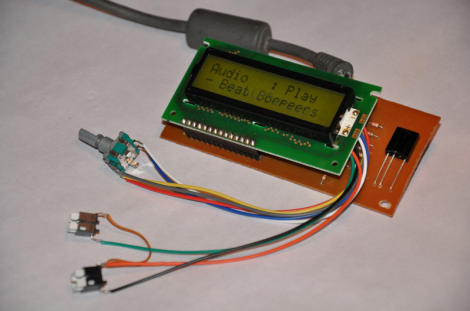
The CD player in [mukmuk’s] 2005 Subaru Outback gave up the ghost, and faced with a long road trip ahead of him, he was desperate to find a way to listen to something other than static-filled radio. He considered a 3rd party auxiliary input solution, but after seeing a similar aux-in hack here, he figured he could give it a go himself.
The stereo head unit design was changed between the 2004 and 2005 model years, so while he had a good idea of what to look for, he had to find the proper components on his own. Once he identified the radio module, he was able to locate the left an right input pins through trial and error. He carefully soldered a 3.5” audio jack to the head unit’s input lines, wiring it to cut off the audio signal from the radio whenever his Zune was plugged in.
Everything was reassembled, and the input jack was inconspicuously mounted in a cubby hole just above the stereo. [mukmuk] is quite happy with his modification, and we’re guessing his road trip was far more pleasurable as a result of his work.
















